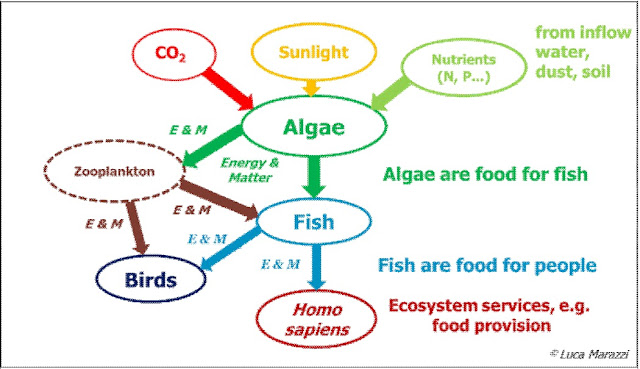Fish go to school, too
Greetings from the confines of my office! I have not posted in over a month but lucky for you, the other bloggers have kept you entertained with Alligator vomit, post-quals stress disorder and the joys of working with carcinogens, flammable materials and high-voltage equipment. If those don't make you want to be a graduate student and/or scientist, then I don't know what will!
So what have I been doing? A whole lot of non-exciting blogging material like processing DIDSON videos, analyzing data, and preparing for conferences. The good news is now I have some results to share!
One of the most interesting and surprising things I've found in my DIDSON videos is schools of small prey fish (< 12 cm). Not just one or two on occasion, but nearly every time I go out, in all three of the canals I work in, there are schools.
Some are small (you may need to make the video full screen to even see them):
Others are quite large:
Some are highly organized and form "bait balls":
Whereas others change shape and direction on a whim:
It's been fascinating to see such a variety of schools. As far as I know, Everglades' scientists were unaware prey fish were using these canals so prolifically and behaving this way. Schooling is often times a behavior prey fish employ to avoid being preyed upon by larger fish. They also school for other reasons (foraging, reproducing), so my next step is to describe, quantitatively, the shape and size of these schools to show this is an anti-predator defense.
Stay tuned!


Comments
Post a Comment